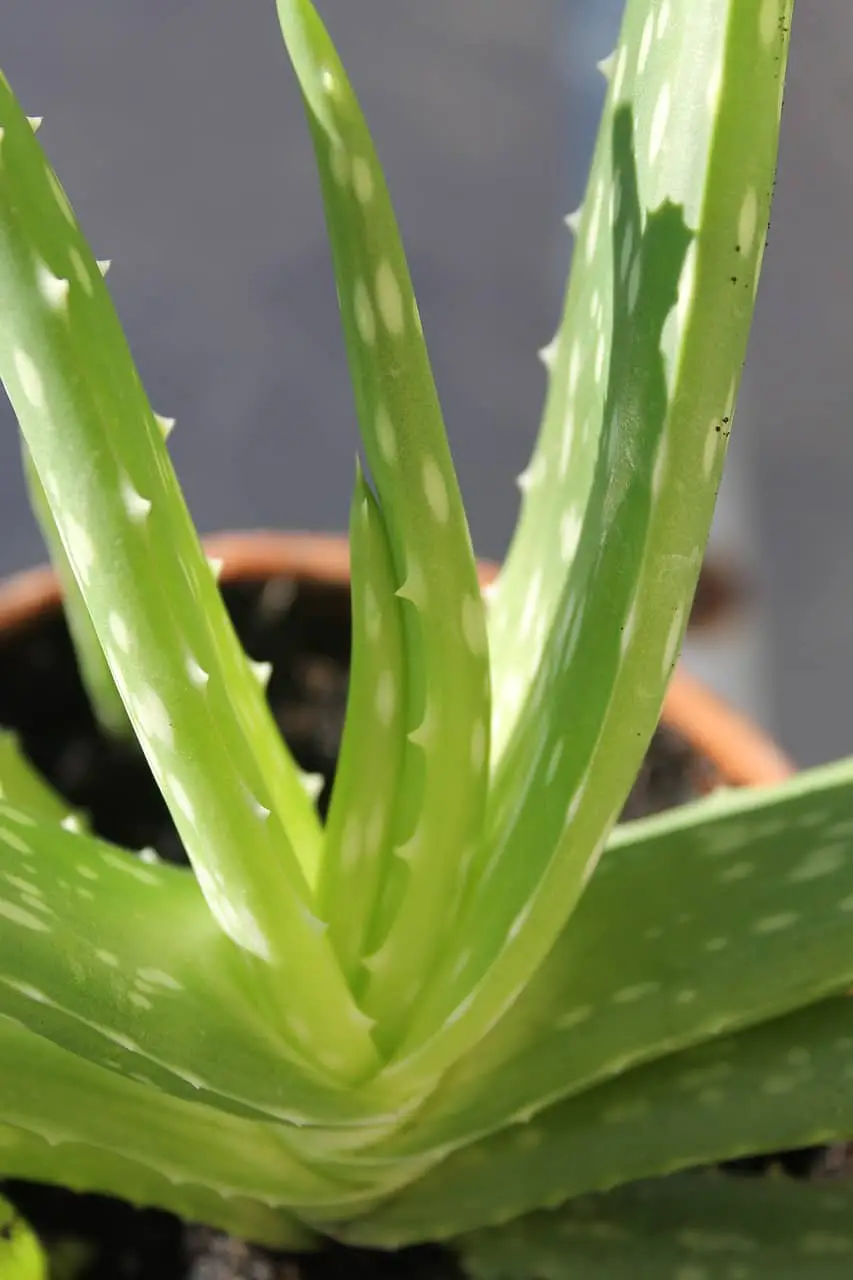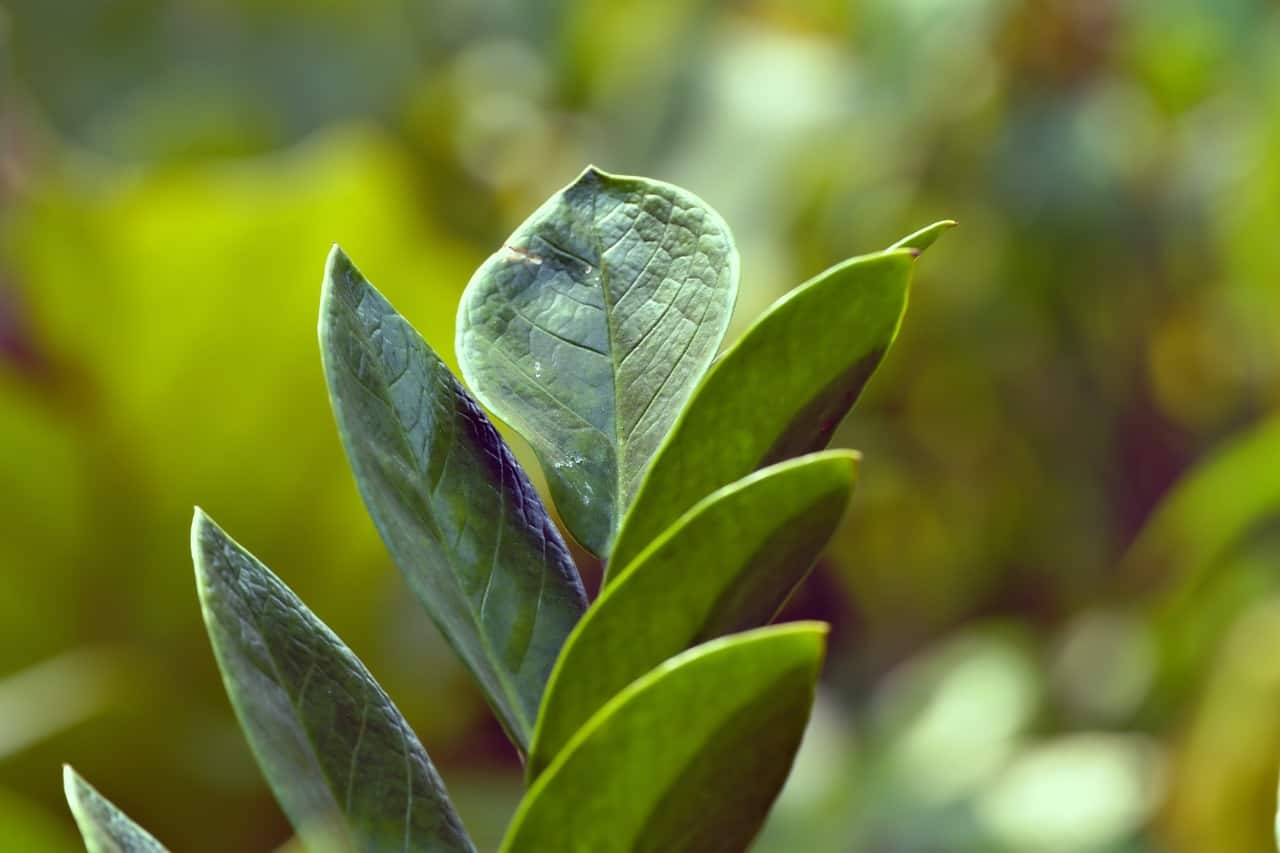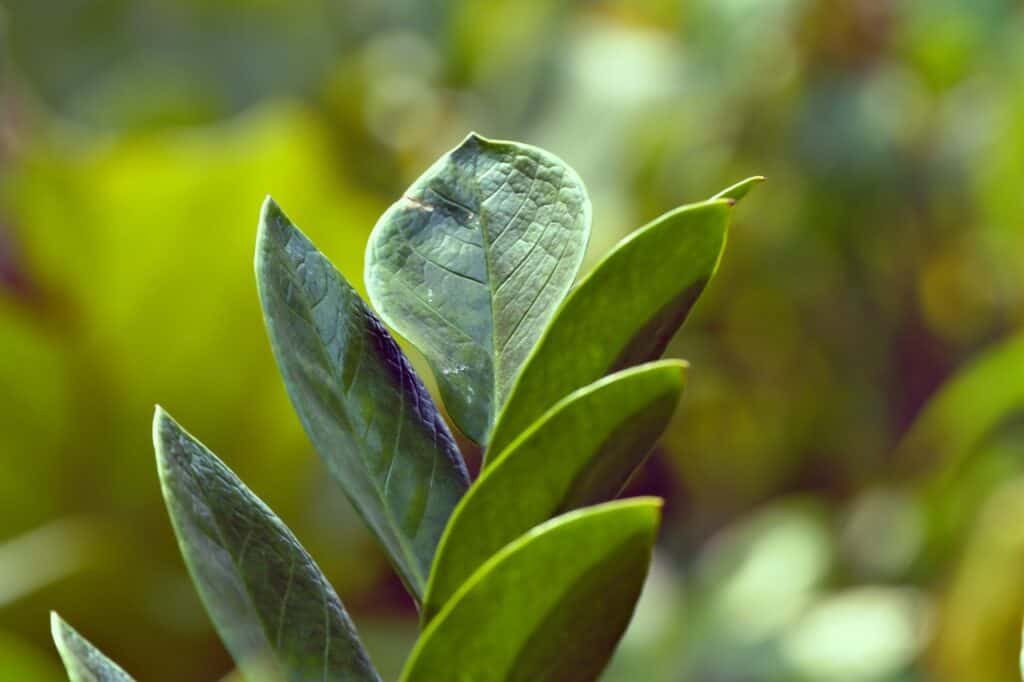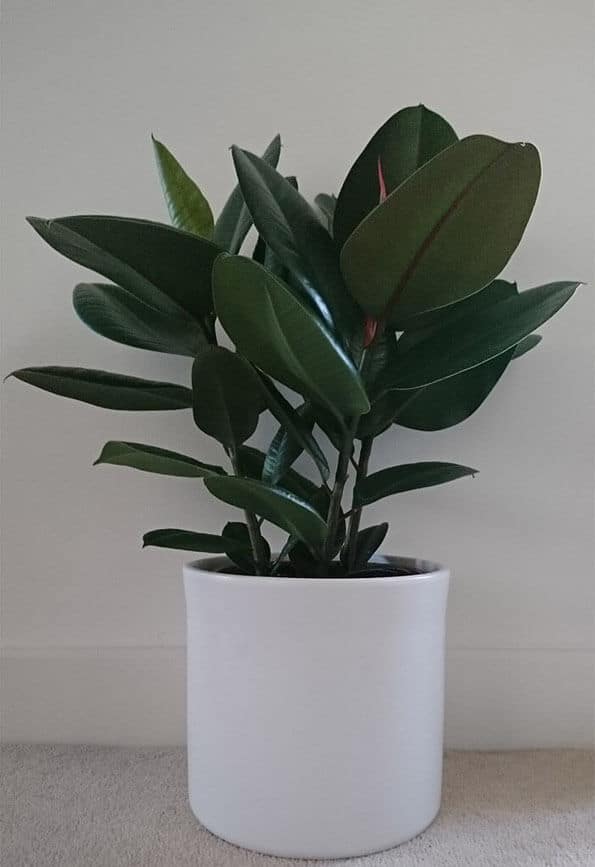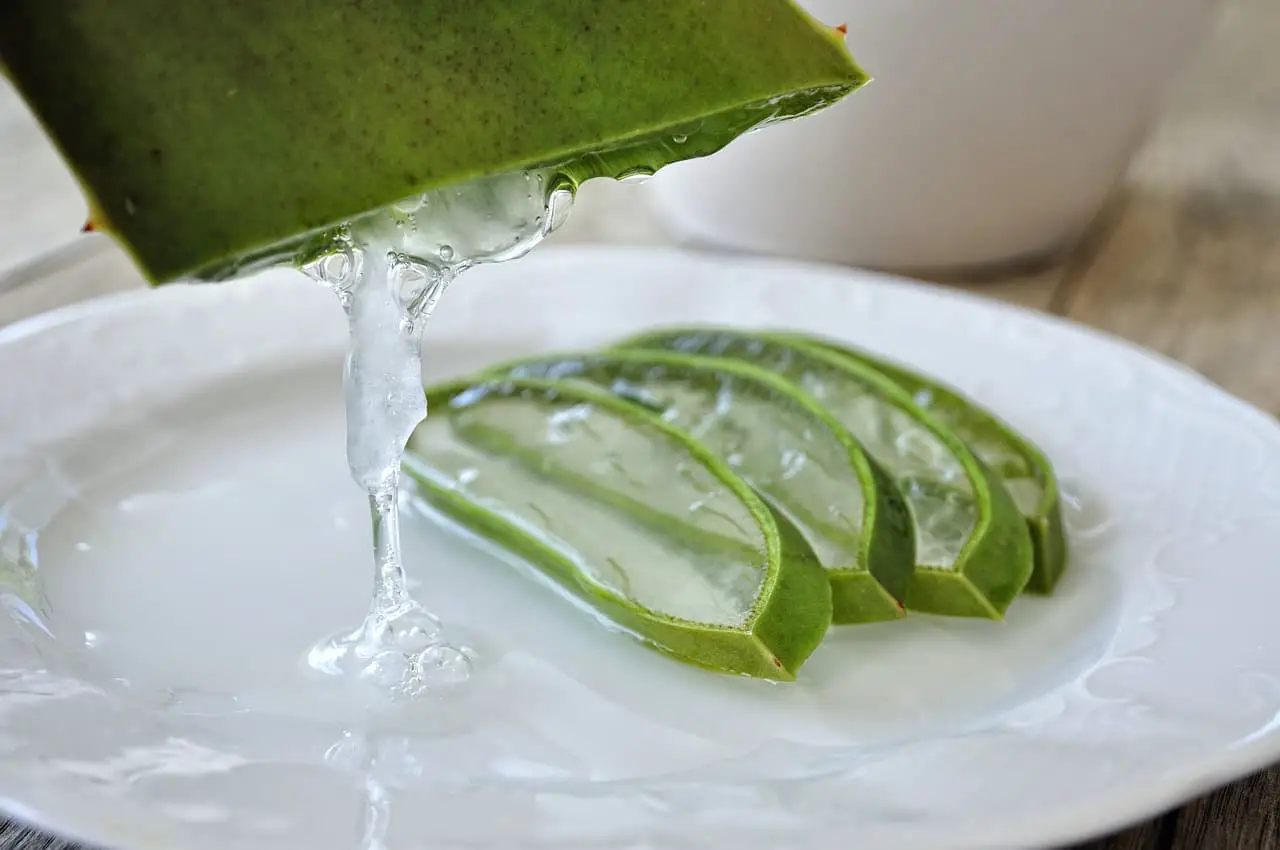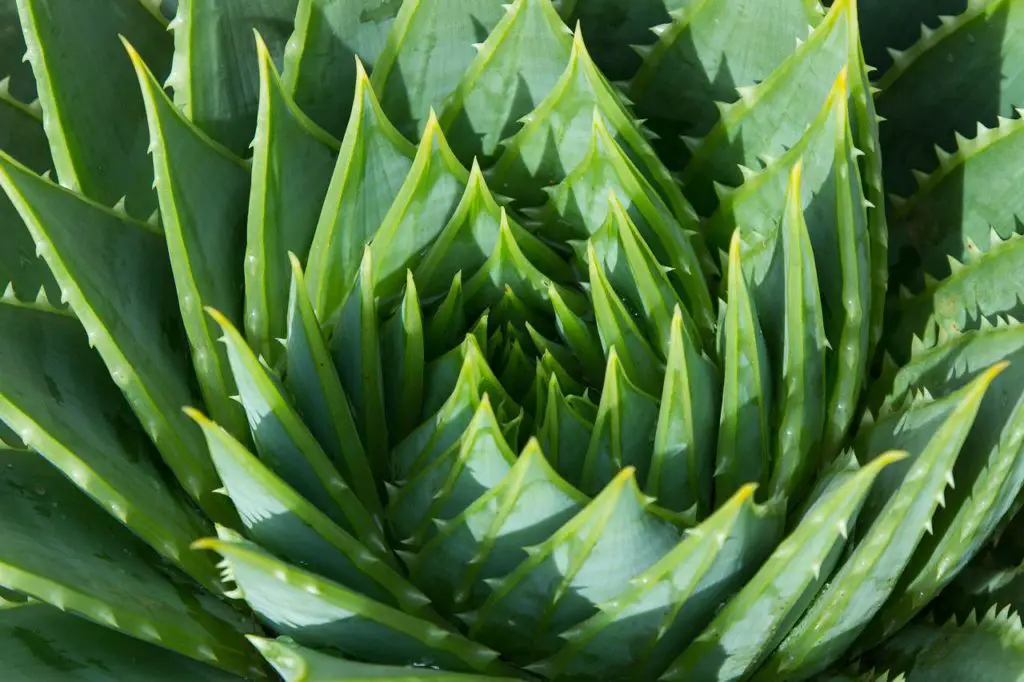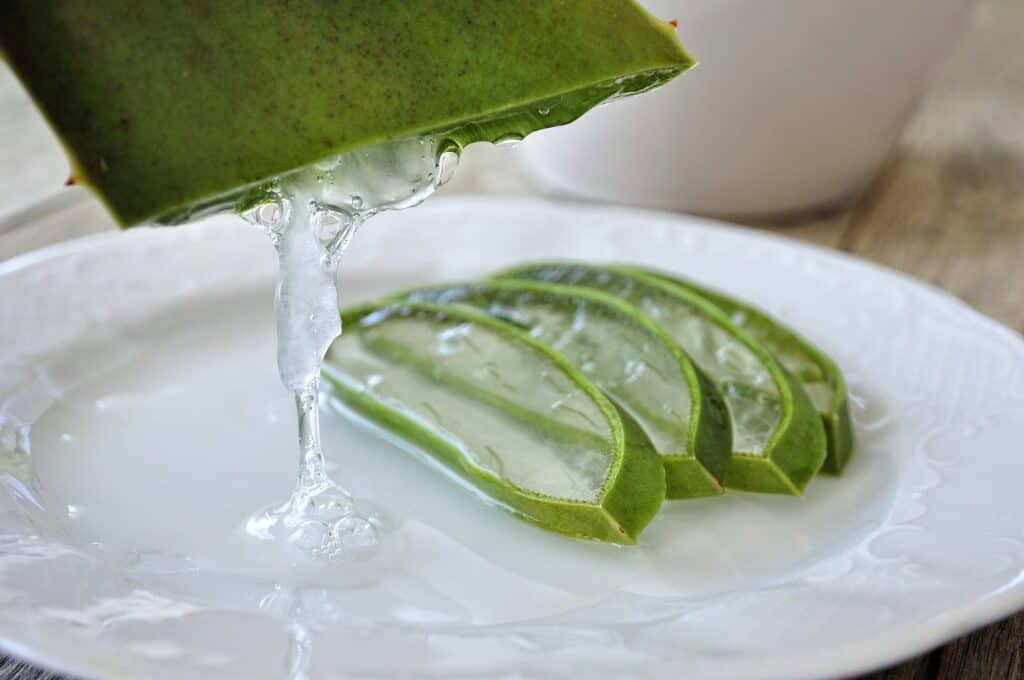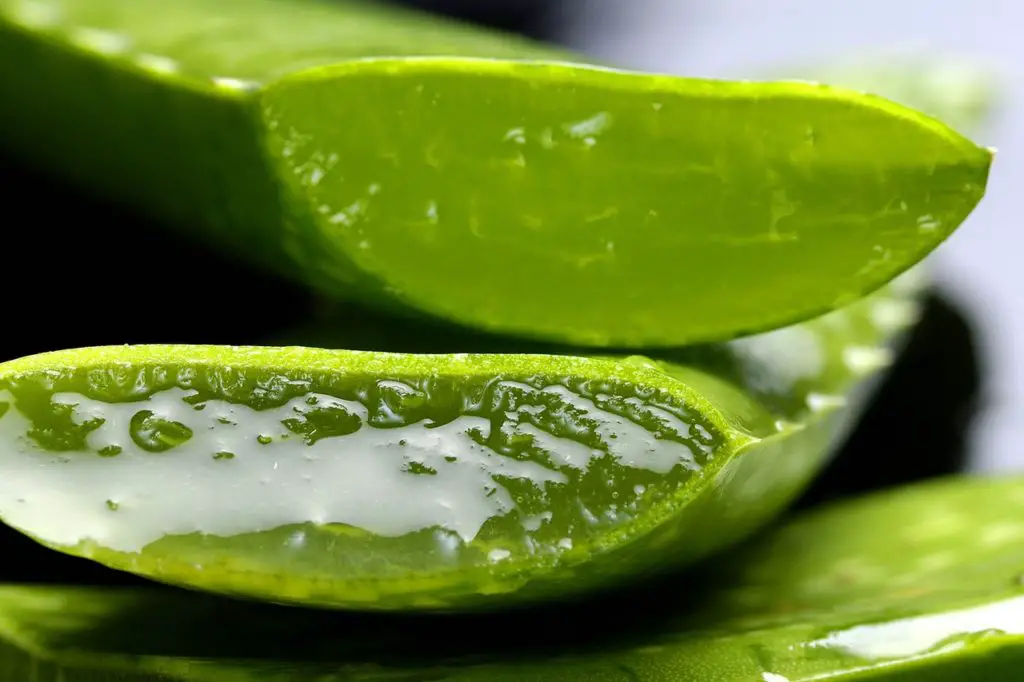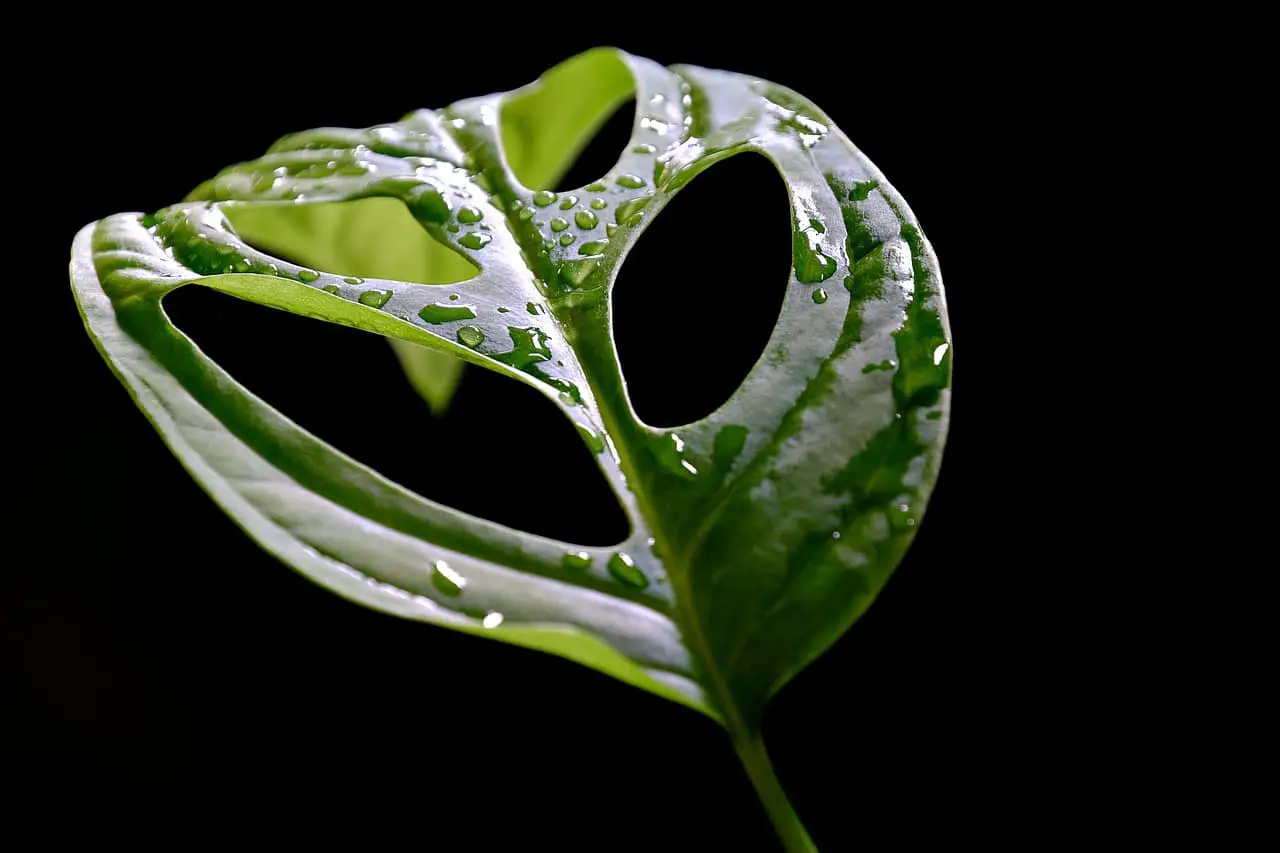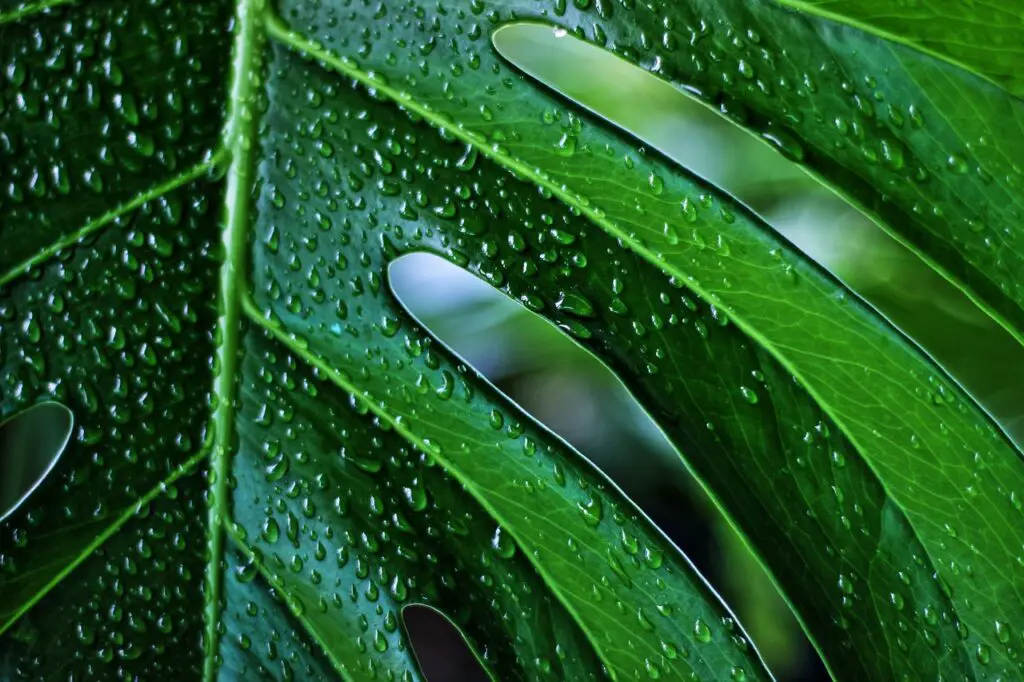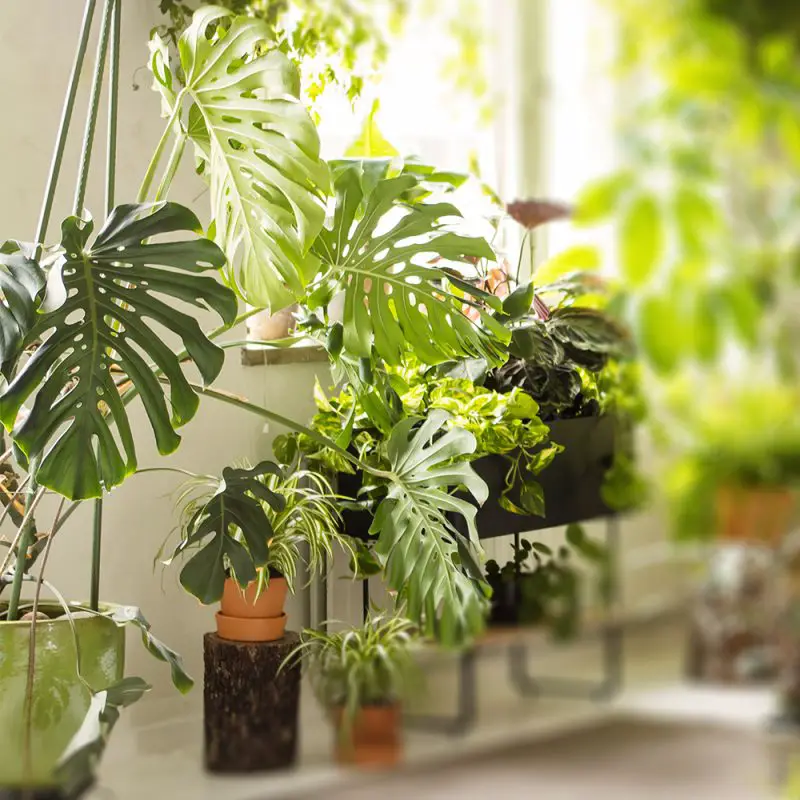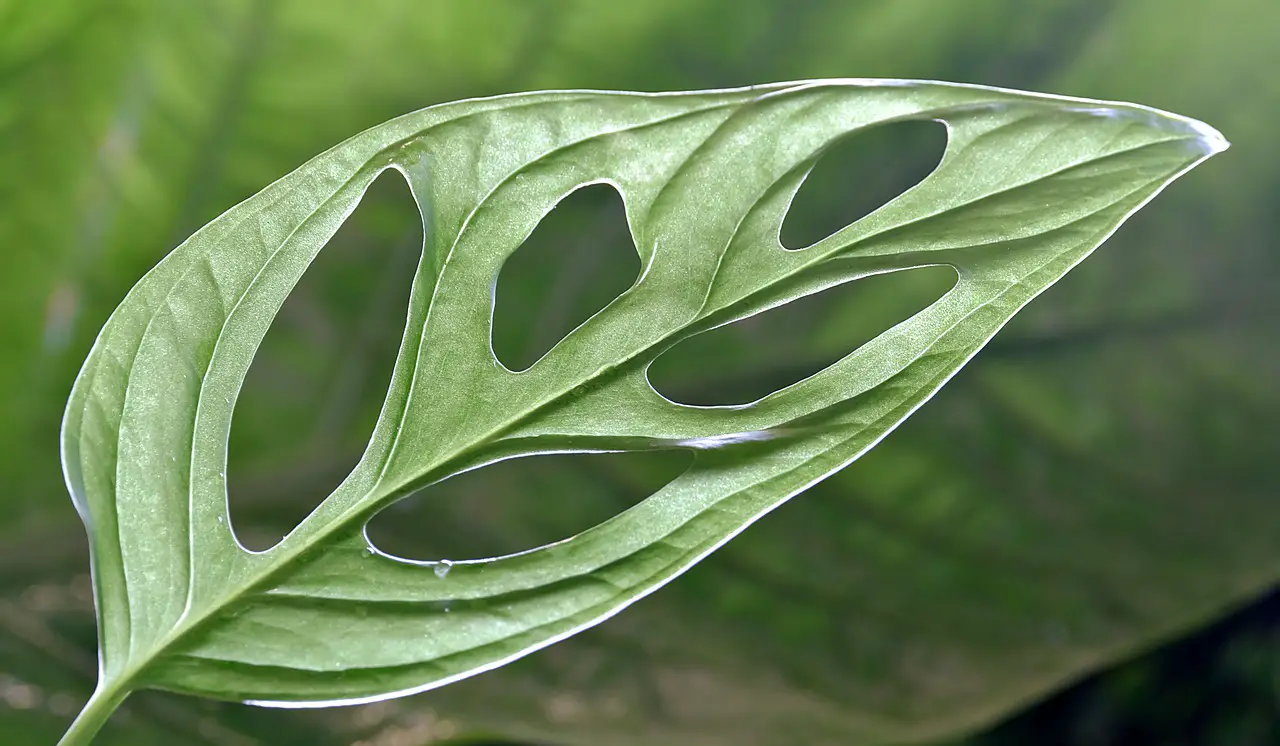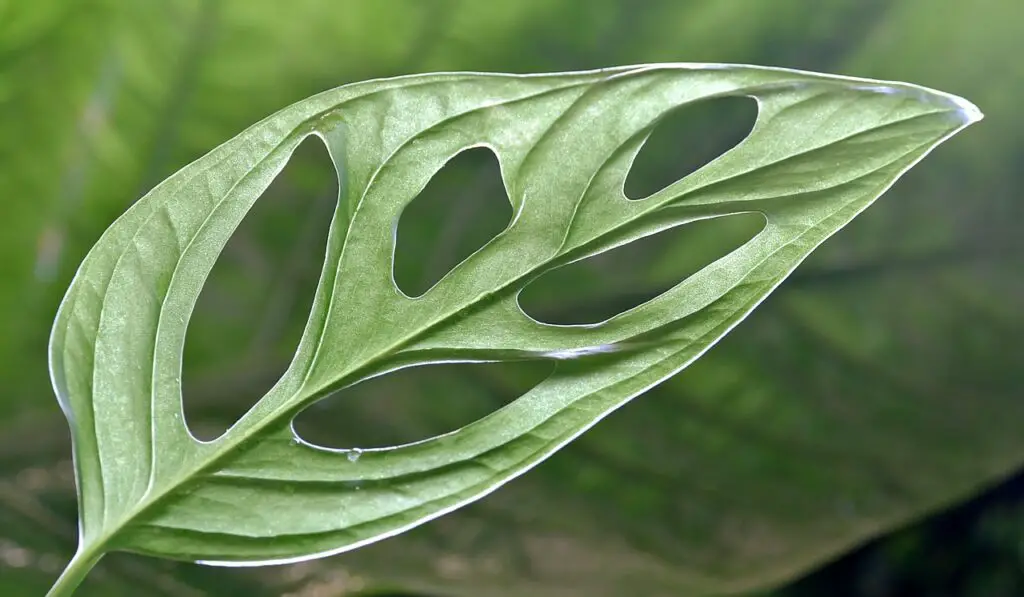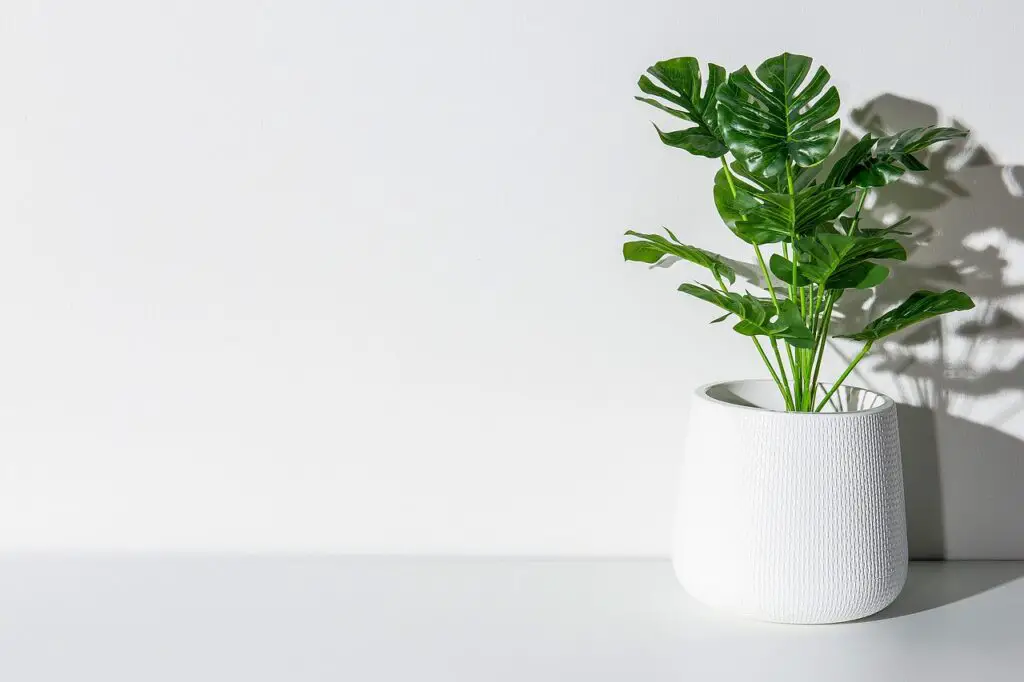Aloe vera is not just a charming succulent houseplant; its uses extend beyond soothing burns, a common application found in many kitchens. Beyond its familiar application, there are numerous surprising uses and benefits of aloe vera that have emerged in recent years. While some are well-known, others may come as news. Let’s delve into some of the most unexpected and intriguing uses of this versatile plant. It’s important to note that not all these options have undergone thorough testing.
Medicinal Aloe Plant Uses
Relieves Heartburn: Aloe vera is recognized for its potential in alleviating heartburn associated with gastroesophageal reflux disease (GERD). Studies indicate that consuming a few ounces (100 ml.) of aloe juice during meals can soothe the gastrointestinal tract, where acid reflux originates. Aloe vera supplements designed for this purpose come in various forms such as gel, soft gels, powder, and juice. Consult your doctor before internal use.
Lowers Blood Sugar: There is ongoing research suggesting that aloe vera may contribute to lowering blood sugar levels, particularly for pre-diabetics and those with type two diabetes. It is believed to enhance insulin sensitivity, potentially reducing the required medication for this condition.
Helps Eliminate Growth of Harmful Bacteria: Aloe vera’s antioxidant compounds are known for combating free radicals in the body. The plant may also aid in preventing the growth of harmful bacteria. Various supplements tailored for this purpose are available.
Aids Digestion: As highlighted earlier, aloe vera serves as a digestive health aid. Some individuals extract the gel directly from the plant, after peeling and draining the bitter juice, while supplements are also accessible. Consult your doctor before internal use.
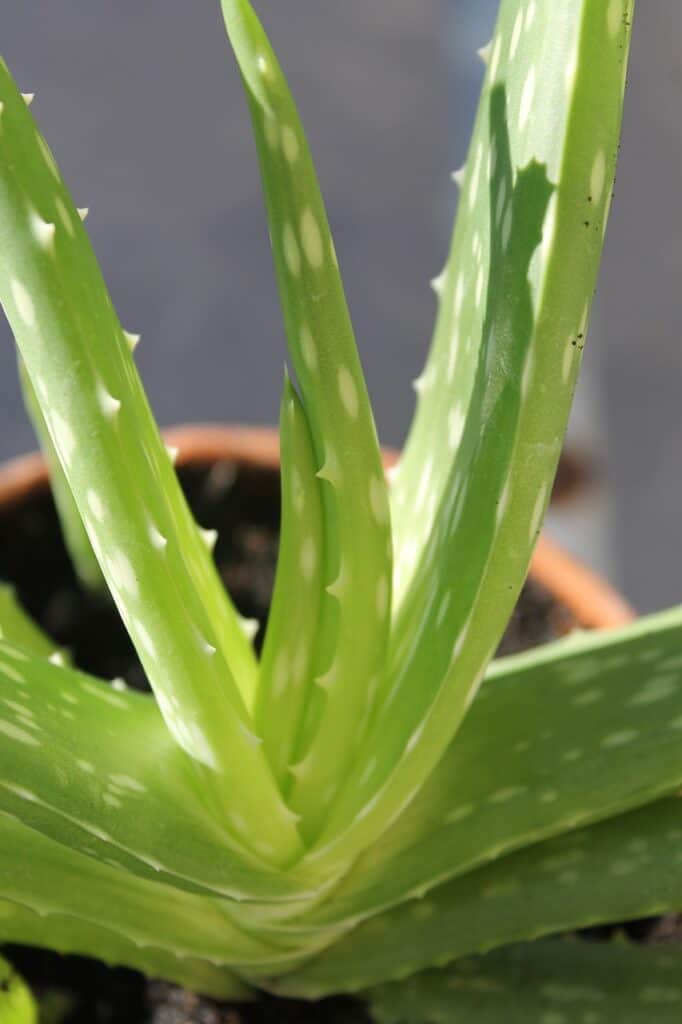
Cosmetic Aloe Uses and Benefits
Aloe vera has been a staple in skincare, haircare, and weight loss industries, forming the core of numerous beauty products. This million-dollar industry capitalizes on the plant’s goodness, with ongoing testing supporting various claims:
Slows Wrinkles: Often touted as an anti-aging product, aloe vera contains skin-nourishing vitamins such as C, E, and beta carotene. Users report improvements in skin texture, claiming that aloe vera juice imparts an outer glow and, when used in various forms, can potentially reverse the aging process. Its application as a moisturizer, scrub, or mask is said to clear up dry skin, acne, and sensitive skin.
Mouthwash: Aloe vera’s juice, rich in vitamins, minerals, and enzymes, has found an unexpected application as a mouthwash. Limited studies suggest its effectiveness in reducing plaque and the associated bacteria.
Weight Loss: Including aloe vera in a weight loss program is another way to harness its potential benefits. Ongoing research explores its role in supporting weight loss efforts.
